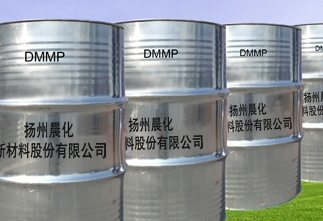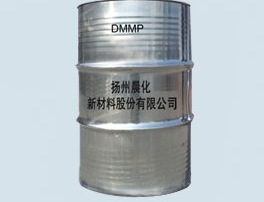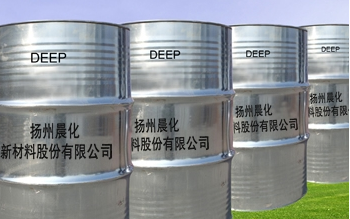Through the continuous efforts of researchers, some new flame retardants have been developed to meet the market demand for flame retardants. Intumescent flame retardant is a new type of composite flame retardant system which has attracted much attention in recent years. Because of its unique flame retardant mechanism and halogen-free, low smoke and low toxicity, it meets the requirements of the times for protecting the ecological environment. There is no doubt that this type of flame retardant is an important way to halogenate flame retardants.

The intumescent flame retardant system mainly includes three elements:
Source of acid - generally refers to inorganic acids or salts that can produce acid in situ during combustion heating.
Carbon source - generally refers to multi-carbon polyols; (3) Foaming source is a nitrogen-containing polycarbons. Although this system has long been used as a fire retardant coating, its expansion properties have only been recognized in recent years. The mechanism of action is that intumescent flame retardant forms dense porous carbon layer on the surface of the material when heated. The carbon foam layer can prevent the further degradation of the polymer in the inner layer and the release of the fuel to the surface, and also prevent the heat source from transferring to the polymer and isolating the oxygen source, thereby effectively preventing the spread and propagation of the flame. Sow to achieve flame retardant effect. This technology has basically overcome the shortcomings of many traditional flame retardants. It is known as a revolution of flame retardant technology, and has been unanimously praised by the flame retardant community. It is the mainstream of the development of flame retardant materials in the future.

Nano-scale flame retardant nanotechnology is a new science and technology which has attracted much attention in recent years. It is one of the basic technologies for developing information technology and solving various social and economic problems such as environmental protection. Nanomaterials technology has attracted much attention at home and abroad for its high technology content and high product quality. At present, the inorganic flame retardant particles used are generally in the micron level, with large amount of flame retardant filling and low flame retardant efficiency. If the flame retardant particles are nano-scale, the filling amount of flame retardant will be greatly reduced, and the flame retardant efficiency will be doubled.

Nanomaterials have small size effects, surface and interface effects (with the decrease of nano-size, the specific surface area increases sharply, the number and proportion of surface atoms increase rapidly), quantum size effects and macro quantum tunneling effects. Nano-flame-retardant polymers have the advantages of good flexibility, low density and easy processing, which are combined with the strength and hardness of inorganic fillers, good heat resistance and high degree of non-deformation, showing strong vitality.